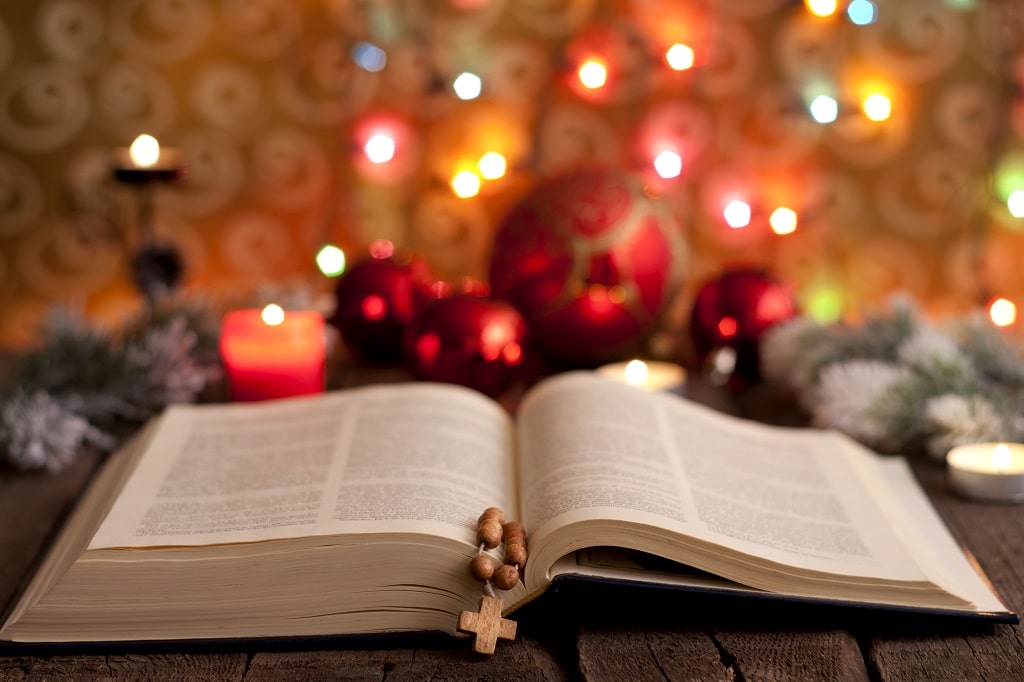December 14: What God Has Done and What He Promises to Do
December 14: What God Has Done and What He Promises to Do

By Chris Tiegreen, author of The Wonder of Advent Devotional
Growing up in the south, I could never relate to the idea of a white Christmas, sleigh bells ringing, or chestnuts roasting on an open fire. I could imagine them. But the possibility of snow lining up with December 25 or open fires being used for anything different from barbecue and marshmallows belonged to other climates. And sleighs coursing through snow, with or without bells, came from an altogether different century. From my distant place, I learned to appreciate the mood without ever having enjoyed these experiences.
Likewise, in spite of being fully aware that Jesus was the reason for the season, my Christmas experiences had never included angels from the realms of glory, a thrill of hope that makes a weary world rejoice, or tidings of comfort and joy. Only a profound conversion experience after childhood gave me eyes to see such things.
The eyes of faith enable us to see the relevance of what happened many centuries ago when a prophesied child was born among livestock in Bethlehem. In a very real way, we enter the experience of that momentous event. We are able to see into the past in such a way that our present and our future are transformed. We thank God for the coming of Christ, and we look forward to his coming again. The realities that other people sing about come true for us, as well.
Twelfth-century abbot Bernard of Clairvaux famously preached that there are three comings of Christ. The first was his incarnation, when he came in flesh and blood. The second will be his second coming in spirit and in power. The other lies between them, subtle and hidden. It is his coming into the human spirit by faith. This three-fold focus on past, present, and future is a beautiful reflection of why we celebrate Advent. This season of celebration folds the story of the past as well as the promise of the future into our present to transform it. . . .
Observing Advent is one of the best ways to set ourselves up for an encounter with God’s narrative, and it can be life-changing. The comings of Christ have enormous implications in shaping our identity, addressing our hopes and fears, informing us of our destiny, and transforming our hearts. In this season, we reflect on the incarnation, the marvel of God in the flesh, the emphatic promise that God is with us. In a very real sense, we find out who we are, where we are headed, and what God is doing in our lives. Not only do human and divine history intersect in Christ; through him, we step into that intersection as participants in the story. The Advent season pulls us away from the superficial stories we are acting out in daily life and reconnects our hearts with the true one.
For many people, the Christmas story is ancient history (or myth) that has no relevance to real life but makes for a festive holiday—much like the white Christmases and sleigh bells I used to imagine without any thought of truly experiencing them. If we really want to absorb the meaning of the season and let its truths transform us—if we want not only to appreciate the mood but also to enjoy the experience—we will need to find ways to enter the story. That may look different for each one of us, but one way or another, it will involve looking back at what God has done, looking ahead to what he has promised to do, and making sure that between these past and future comings, our hearts are opening fully to him today.
This article was originally posted on The Arc.




